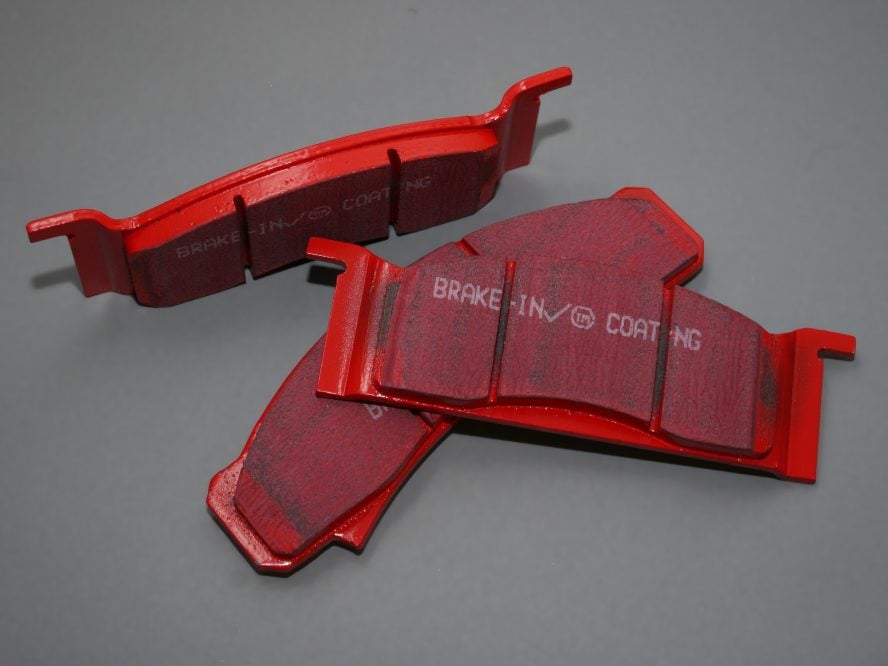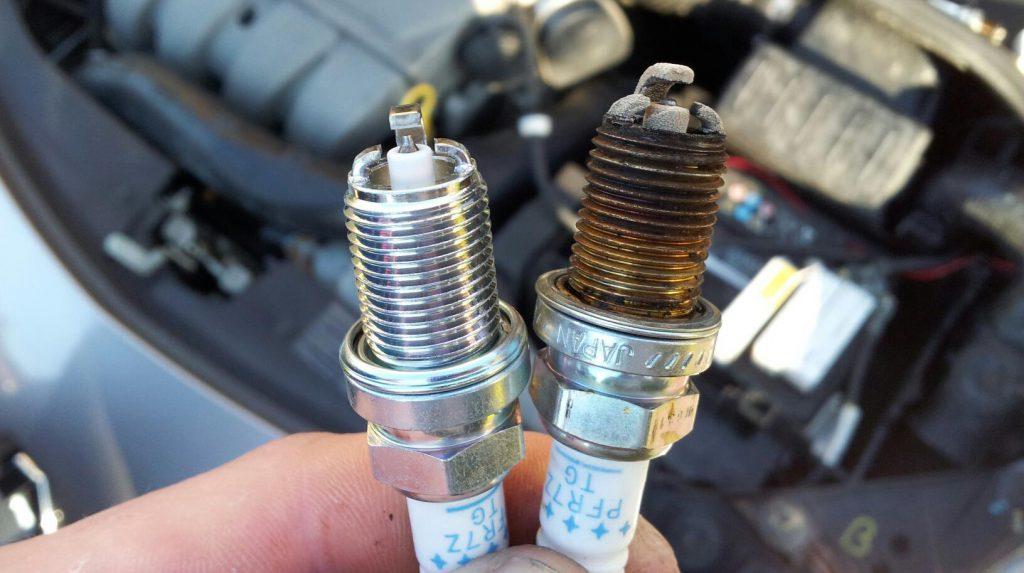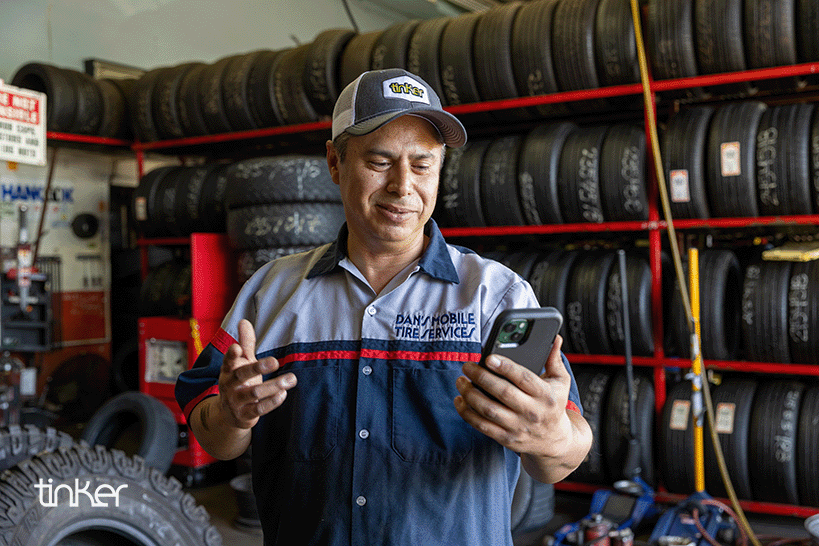You Can Change Your Own Brake Pads
Replacing your car’s worn-out brake pads yourself is easier than you think, and this important routine maintenance can be completed in an afternoon. Plus, doing this job yourself enables you to inspect the health of other key parts of your car’s braking system, so you’ll know it’s in tip-top shape every time your foot touches the pedal.
And to help you along the way, our Tinker experts have created this valuable DIY guide, covering the basics of a successful driveway brake pad change.
With these tips you can replace your old brake pads with confidence.

Knowing When to Change Your Brake Pads
To check if it’s time to change your brake pads, perform a visual inspection of their thickness at all four wheels. Any brake pad that’s less than a ¼ inch (about 6 mm) thick needs to be replaced.
There are two pads at each wheel, but you don't always need to change all eight at once. A vehicle’s front brake pads tend to wear out faster since that's where most of your car's weight goes during braking.
However, don’t just do one side. It’s important to always change your four front or your four rear brake pads at the same time to maintain balanced braking and avoid uneven wear.
Here are signs that your brake pads need attention is a decline in braking performance.
- If your vehicle is taking longer to stop than usual, or if the brake pedal feels unusually soft or spongy.
- A high-pitched squeal when you're coming to a stop is a more obvious sign. This comes from built-in wear indicators that are exposed when the pads wear down to a minimum thickness.
- A grinding noise when braking can indicate the pads have worn away entirely, leading to the risk of damaging metal-on-metal contact of the pads’ backing plates with the brake rotors.
Selecting the Right Brake Pads
Always consult your owner's manual to ensure the brake pads you buy will be compatible with your specific model. Whether your vehicle is a daily commuter, a family caravan or a weekend racer, there's a brake pad engineered to meet your needs.
- Ceramic brake pads are known for their quiet operation and minimal brake dust, making them ideal for everyday driving. They tend to cost a bit more than other types, but they are gentle on your brake rotors, which can extend their life, saving you money in the long run.
- Semi-metallic pads provide outstanding heat dissipation and stopping power, thanks to their metal content. That makes them a smart choice for use in demanding conditions, such as towing or racing. Semi-metallic pads are durable, but it's also important to note that they can be noisier and more abrasive on brake rotors.
- Organic pads are made from a mix of fibers and filler. They’re the softest and quietest choice, offering a smooth braking experience for light-duty use. However, they tend to wear faster and produce more dust than other types.

Essentials of Brake Pad Replacement
Before you dive into a brake pad change, it's important to understand a few basics.
The job itself involves five main steps:
- Lifting and securing your vehicle on jack stands
- Removing the wheels
- Extracting the old pads
- Compressing the calipers and installing the new pads
- After installing new pads, it's crucial to pump the brake pedal before taking your vehicle out on the road. This seats the pads and ensures the pedal retains its normal feel and responsiveness.
Each of these steps requires attention to detail and safety, so be sure to consult specific instructions for your car's year, make and model.
While replacing your brake pads, take the opportunity to inspect your rotors for signs of wear, such as deep grooves or warping. Significant wear or damage may necessitate their replacement, which you can do while you're changing the pads.
Also, look over all the brake lines. Is there fluid leaking? If any of the lines look or feel brittle, cracked or damaged in any way, now’s the time to replace them.
Finally, if your brake fluid is looking dark or dirty, this is also a good time to refresh it. It typically remains in good health for about two to three years.


